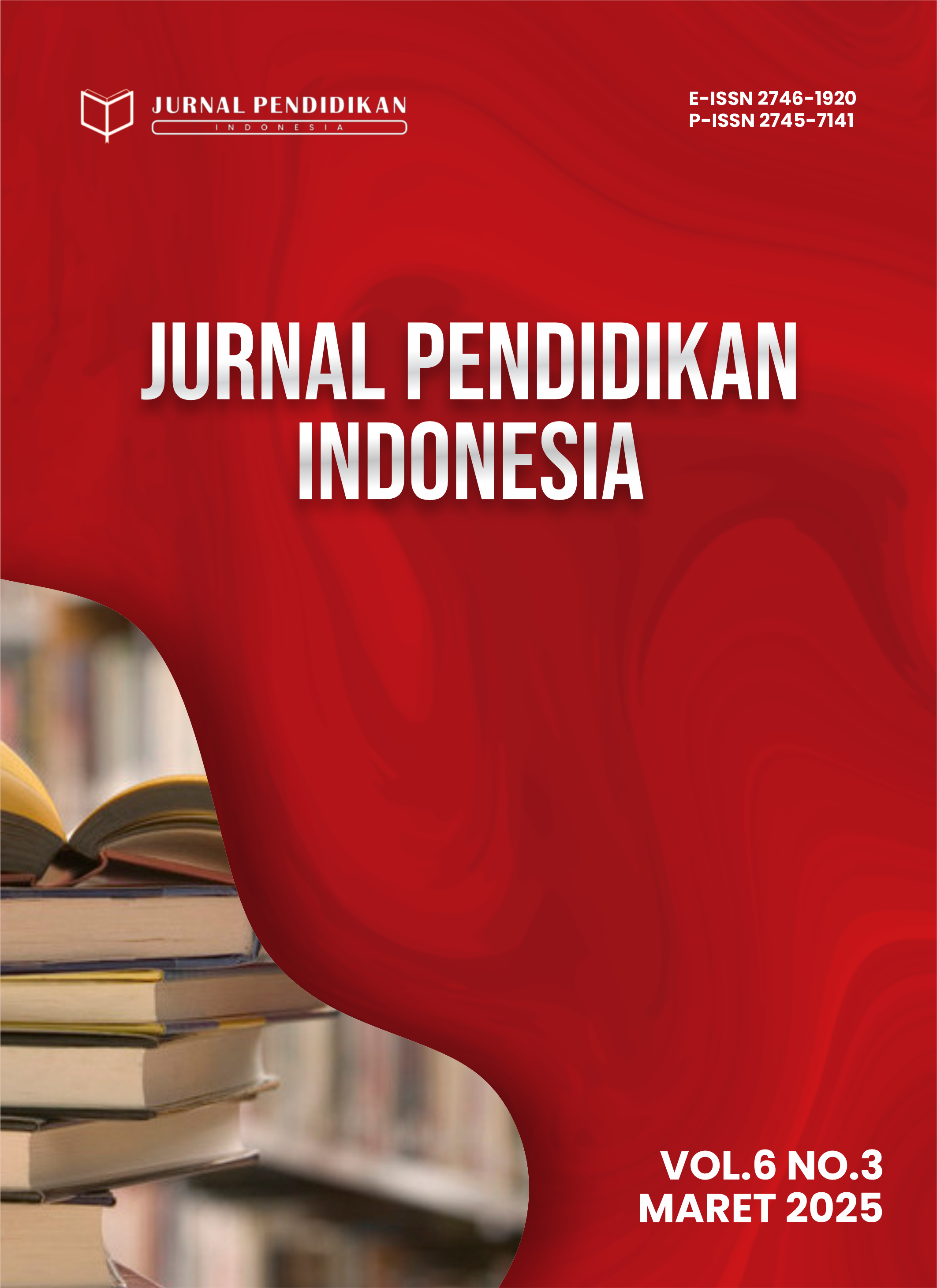Analisis Prediksi Parameter Signifikansi Siklon Tropis di Wilayah Utara dan Selatan Indonesia
DOI:
https://doi.org/10.59141/japendi.v6i3.7284Keywords:
Prediksi Siklon Tropis, Parameter Meteorologi Indonesia, Dinamika Atmosfer Wilayah TropisAbstract
Tropical cyclones are atmospheric phenomena that occur in warm ocean areas, including the northern and southern regions of Indonesia. Although rarely formed directly in Indonesia, tropical cyclones from the Pacific and Indian Oceans often have a significant impact on weather conditions in Indonesia. This study was conducted to identify the influence of Sea Surface Temperature (SST) on the formation and development of tropical cyclones using a machine learning approach with a Random Forest model. The data used was in the form of reanalysis of SST data sourced from ECMWF (European Center for Medium - Range Weather Forecast) and analyzed for six tropical cyclone events representing the northern and southern regions of Indonesia. In addition, this study also aims to evaluate the effectiveness of machine learning-based prediction models in predicting SST parameters by using evaluation metrics such as RMSE, MAE, and R² to ensure prediction accuracy. The results showed that the SST values that supported the formation of tropical cyclones ranged from 31–33°C, which corresponds to the minimum temperature criteria for the formation of tropical cyclone systems. The Random Forest model showed excellent performance with low RMSE and MAE scores, and an R² value close to 1 in all cases tested with Tropical Cyclone Dahlia being the best case with the highest prediction accuracy. This study shows that the Random Forest model is able to effectively capture complex patterns of SST and provide accurate predictions, potentially as an instrument to understand and mitigate risks associated with tropical cyclone events in Indonesia.
Downloads
Published
How to Cite
Issue
Section
License
Copyright (c) 2025 Muhammad Fadhillah, Kevin Gilbert, Ogi Rahmawan Adi Saputro

This work is licensed under a Creative Commons Attribution-ShareAlike 4.0 International License.






















